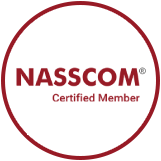Why Energy Sector Tech Is Long Overdue for a Reality Check
Energy utilities, long seen as pillars of infrastructure, are now standing on shaky ground when it comes to technology. Many of them still rely on outdated legacy systems, relics of the early digital age, to perform mission-critical tasks like energy monitoring, usage reporting, and infrastructure diagnostics. As industries around them rapidly evolve with cloud-native solutions, intelligent automation, and data-first strategies, Modern Energy Software has become essential in modernizing operations. The good news? Legacy system modernization doesn’t mean tearing everything down. Done right, legacy system modernization with Modern Energy Software can mean transforming what’s already working and integrating powerful new layers of innovation on top.
This blog offers a detailed, technical-yet-practical blueprint for legacy system modernization in the energy sector, with a specific focus on how custom web applications can become the driving force behind secure, scalable, and future-ready operations.
The Problem with Legacy Systems in the Energy Industry
Legacy systems in the utility space are more than just old; they’re brittle, siloed, and often expensive to maintain. Despite their importance, they often lack real-time processing, interoperability, and modern security frameworks. Let’s look at why this matters.
1. Disconnected Data Silos
Energy operations involve data streams from multiple sources: smart meters, grid infrastructure, customer management systems, and compliance platforms. In legacy system modernization projects powered by Modern Energy Software, each of these often exists in its silo. This makes data consolidation a nightmare, slows down decision-making, and leaves analytics teams grappling with inaccuracies.
2. Inefficient and Manual Reporting
In a typical legacy system, energy consumption reports might take hours (if not days) to compile. Manual intervention at multiple stages leads to errors, delays, and inconsistencies that can have regulatory or operational repercussions. Worse, manual reporting often leaves no room for customization or real-time visibility
To understand how modern solutions are reshaping energy reporting, check out our previous post Energy Reporting Software for the Modern Utility: Smart, Self-Service, and Audit-Ready. This blog explores how smart, self-service reporting systems can streamline operations and improve compliance.
3. Poor Scalability and High Costs
As utilities grow, expanding into renewables, scaling operations across geographies, or onboarding new clients, Modern Energy Software becomes critical. Legacy system modernization often means scaling outdated systems that either require expensive licenses or workarounds that compromise performance and security.
4. Security Vulnerabilities
Energy firms are frequent targets of cyberattacks. Outdated systems without proper encryption, access controls, or monitoring leave critical infrastructure at risk. Moreover, most Modern Energy Software platforms are designed to meet today’s compliance standards, unlike their outdated counterparts.
The Strategic Imperative: Digital Transformation with Custom Web Apps
Modernizing a legacy system is not about chasing tech trends. It’s about building a foundation that supports real-time operations, improves compliance, increases customer satisfaction, and delivers business value. Among the most impactful tools to achieve this are custom web applications.
Unlike off-the-shelf software that tries to solve everyone’s problems generically, custom web apps are purpose-built. They’re designed to work the way your teams already do, just better, faster, and more securely. Here’s how they deliver transformative results:
- Centralized Reporting Dashboards
One of the biggest challenges in legacy systems is inconsistent data visibility. Custom dashboards, powered by Blazor Server or similar frameworks, can centralize reporting and monitoring functions across multiple client sites or infrastructure nodes. These dashboards offer executives and energy managers a single interface to track energy consumption, identify anomalies, and plan resource allocation in real time.
- Self-Service Capabilities
These self-service features are a core component of Modern Energy Software, enabling speed and flexibility at every operational level. They can create reports, filter by meter or site, customize date ranges, and generate visual analytics, all within a secure interface.
- Intelligent Scheduling and Automation
With backend schedulers like Hangfire and email services like SendGrid, utilities can automate the generation and delivery of reports. Whether it’s hourly summaries or bundled weekly digests, these can be scheduled and emailed automatically, saving time and eliminating the risk of human error. This is where Modern Energy Software plays a crucial role, ensuring that automation doesn’t just improve efficiency but also integrates seamlessly with existing legacy infrastructure.
For a deeper dive into how AI is transforming energy trading and reporting, check out our post Inside the Mind of the Market: How AI-Powered ETRM Solutions Are Redefining the Future of Trading. This blog explores AI’s impact on energy trading and its benefits for future-proofing energy operations.
- Role-Based Access and Security
Modern apps integrate seamlessly with platforms like Azure Entra ID to offer role-based access control. This ensures that sensitive data is accessible only to the right users, with detailed audit trails and access logs for compliance.
- Modular and Scalable Architecture
A custom-built system doesn’t mean starting from scratch. It can be developed incrementally, integrating with legacy data APIs, aligning with existing user flows, and eventually replacing outdated modules one by one. This modular approach significantly reduces risk while enabling growth at scale. Such phased transformation is central to effective legacy system modernization.
Roadmap to Modernizing Legacy Systems in the Energy Sector
Let’s break down a step-by-step approach for utility companies looking to move away from legacy systems and toward a digital-first operational model.
Step 1: Conduct a Technology Audit
Map out every legacy system, tool, and database currently in use. Document performance issues, user pain points, integration gaps, and associated costs. This audit will reveal both technical bottlenecks and low-hanging fruit that can be digitized first.
Step 2: Define the Modernization Objectives
Your goals should be more than “upgrade the system.” Instead, define specific, measurable outcomes:
- Reduce report generation time by 80%
- Improve energy forecasting accuracy by 40%
- Enable mobile-first access for field teams
- Improve system uptime to 99.9%
These goals help determine the architecture, integrations, and user experience of your custom platform.
Step 3: Design a Scalable, Secure Web Application
Partner with development teams that understand both the technical architecture (e.g., .NET Core, Blazor, RESTful APIs) and domain knowledge specific to energy or utilities. The application should be modular, support future integrations (IoT sensors, AI/ML models, mobile apps), and prioritize secure development practices from day one. Projects focused on legacy system modernization should reflect long-term adaptability.
Step 4: Migrate Data Responsibly
Data migration is a common stumbling block. It’s not just about exporting tables, it’s about normalizing legacy system data formats, ensuring integrity, and validating against live systems. Where possible, begin with parallel runs before deprecating old systems completely.
Step 5: Implement and Optimize in Phases
Deploy your new application in a sandbox or pilot environment first. Collect feedback, monitor performance, and optimize UX. From there, roll it out department by department, with built-in training and documentation, to ensure high adoption and zero downtime.
Common Pitfalls to Avoid
- Doing Too Much Too Fast: Trying to modernize everything at once can lead to scope creep and team burnout. Take a phased approach.
- Ignoring End-Users: Engineers may design sleek solutions, but if they don’t align with how people work on the ground, adoption will fail.
- Security as an Afterthought: Secure development should be part of every sprint, not just a final audit.
Final Thoughts: Building the Future of Energy Tech

Legacy systems once brought order to energy operations. Today, they threaten to create chaos. As customer expectations rise and the pressure to be data-first and sustainable grows, modernizing outdated platforms isn’t just smart; it’s urgent.
Custom web applications give energy firms the power to evolve without disruption, to centralize without complicating, and to automate without alienating. They offer a path that balances performance, security, usability, and scale, all tailored to the reality of your operation, not just the theory.
Looking to start your legacy system modernization journey?
We build secure, scalable, and tailored web applications that empower utility and energy firms to move faster and smarter. Let’s talk.
Frequently Asked Questions (FAQs)
1. Why is legacy system modernization important for the energy sector?
Legacy systems are outdated and vulnerable to security risks. Modernization improves efficiency, data access, and security, keeping energy firms competitive and compliant.
2. How do custom web applications benefit utilities?
Custom web apps centralize reporting, automate tasks, and provide real-time data, improving efficiency and security while meeting specific utility needs.
3. What steps are involved in modernizing legacy systems?
Key steps include auditing existing systems, setting goals, designing scalable apps, migrating data, and implementing in phases to ensure smooth adoption.
4. What challenges arise during legacy system modernization?
Challenges include data migration, scope creep, user adoption, and ensuring security from the start. A phased approach helps overcome these hurdles.
5. How does Modern Energy Software ensure scalability and security?
It offers modular, scalable solutions with built-in security features, integrating with new technologies like IoT and AI to ensure long-term adaptability.









